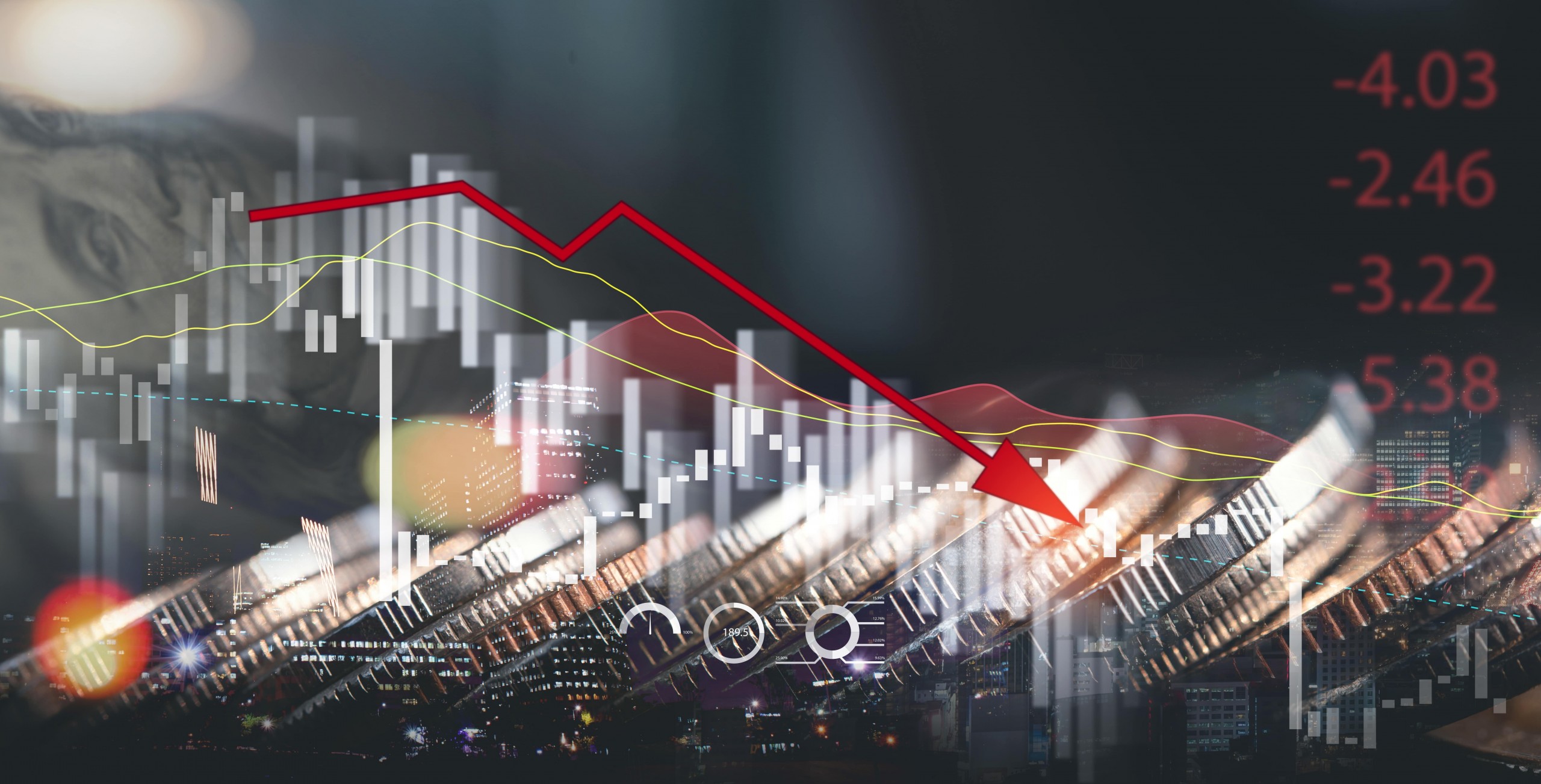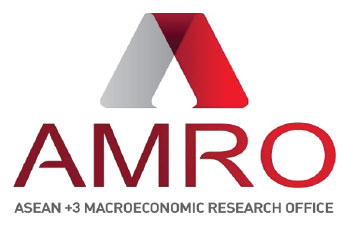This article was published as an op-ed in Project Syndicate on August 4, 2022

Hawkish shifts in the US Federal Reserve’s monetary policy have often led to heightened financial and economic stress in emerging economies. In the early 1990s, the Fed raised interest rates preemptively to curb inflation, precipitating the 1994 Mexican “tequila” crisis. In 2013, the Fed signaled its intention to tighten monetary policy, resulting in the major emerging-markets sell-off known as the “taper tantrum.”
Given the region’s history, one might expect that policymakers in the ASEAN+3 countries – the ten members of the Association of Southeast Asian Nations, together with China (including Hong Kong), Japan, and South Korea – would be particularly anxious about the Fed’s increasing hawkishness. Indeed, the Fed’s recent efforts to curb high and persistent inflation have prompted fears of a regional financial crisis, similar to the Asian financial crisis of 1997.
But the Fed’s actions will not have as much impact on the region as they did in the late 1990s. ASEAN+3 economies are stronger and more durable, making a 1997-style financial meltdown improbable.
The 1997 crisis was mainly caused by a combination of macroeconomic imbalances and sharp capital-flow reversals, triggered by speculative attacks on the baht and other regional currencies. East Asian economies enjoyed a period of rapid growth before the crisis – funded by surging capital inflows and excessive foreign lending – but without sound regulation and policy. Most Asian currencies were still pegged to the US dollar, bank regulatory frameworks were simpler, and capital buffers were low.
Painful structural reforms have helped ASEAN+3 economies rebuild balance sheets, strengthen economic fundamentals, and establish robust regulatory frameworks. The region’s policymakers, more skillful in navigating uncertainties and managing shocks, have assembled a formidable, multi-layered $8.8 trillion financial safety net. In addition to their foreign reserves – $7 trillion in total – the ASEAN+3 economies can now rely on multilateral swap arrangements like the Chiang Mai Initiative Multilateralisation (CMIM) agreement, and the International Monetary Fund.
Most of the emerging economies in the ASEAN+3 have run current-account surpluses in recent years. In contrast, crisis-hit economies ran persistent current-account deficits and relied on external funding in the years before the 1997 financial crisis. The ASEAN-4 (Malaysia, the Philippines, Indonesia, and Thailand) have run current-account surpluses for most of the past two decades – except for Indonesia, which ran a small current-account deficit over the same period.
Moreover, banks in the region are much sounder and more resilient. They are generally well-capitalized and have sufficient liquidity buffers since adopting the Basel regulations after the 2008 global financial crisis. As a result, banks were generally on a sound financial footing going into the pandemic, allowing them to dip into their regulatory and counter-cyclical capital buffers when necessary.
Furthermore, the size of the local currency bond market in the ASEAN+3 region has increased to 123% of GDP this year, compared to 74% of GDP in 2000. With the ability to borrow in local currency, debts are no longer exposed to currency mismatch as they were during the Asian financial crisis.
Likewise, capital flows have not been surging into the region in recent years as they did in the run-up to the last two financial crises. In ASEAN-4 markets, net capital outflows have been relatively mild so far, and capital inflows consist mainly of relatively stable direct investments. In South Korea, portfolio inflows increased during the pandemic as investors saw Korean bonds as relatively safe assets.
Lastly, East Asia’s economies – especially the crisis-affected ASEAN-4 economies and South Korea – no longer operate tightly pegged exchange-rate regimes, allowing their currencies to fluctuate and adjust to market forces as a buffer against shocks. The few economies that still peg their currencies to the US dollar or a currency basket have managed to fend off speculative attacks through strong foreign-exchange buffers and prudent fiscal policies.
Admittedly, there could be pockets of weakness across the region. The COVID-19 pandemic is not over yet, and each economy’s recovery trajectory will depend on its ability to adapt and seize new opportunities. US monetary tightening could adversely and unevenly affect financial markets in ASEAN+3 countries, and these developments might trigger portfolio outflows similar to the taper tantrum of 2013. In recent months, investors sold stocks in South Korea and the Philippines and reduced their positions in Indonesian and Malaysian bonds. So far, however, these outflows have been relatively insignificant and do not threaten financial stability.
China’s expected economic rebound will also contribute to the region’s recovery, as it did after the 1997 and 2008 crises. China’s economy is forecast to bottom out and regain momentum during the second half of 2022, with full-year growth expected to come in at around 4.8%, despite significant downside risks.
Rising US interest rates will probably lead to some capital outflows and higher borrowing costs for the ASEAN+3 economies. But a full-blown 1997-style financial crisis remains unlikely. The region has moved on.
